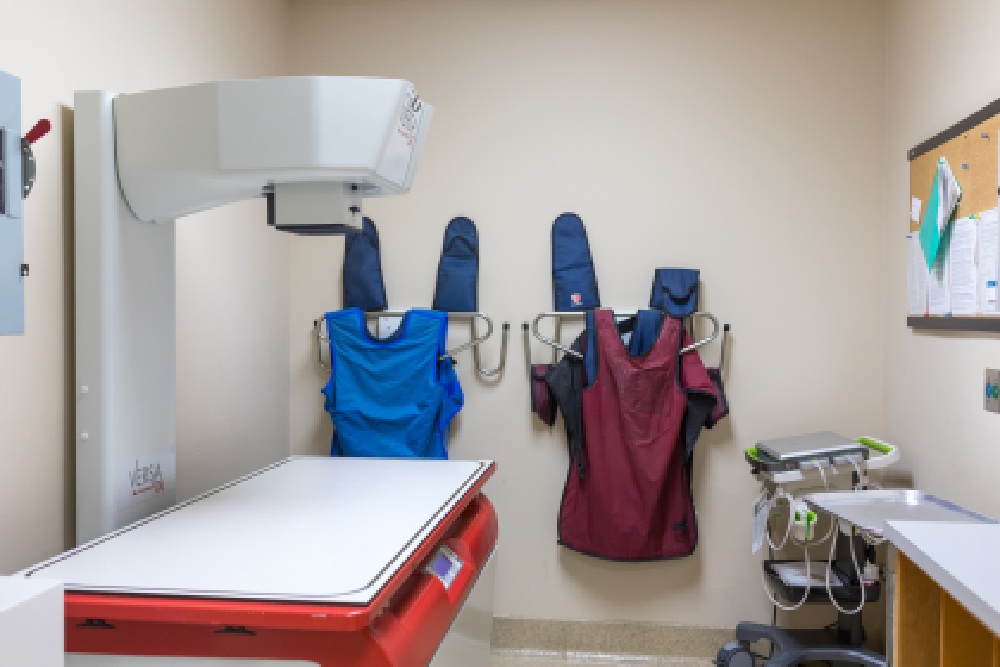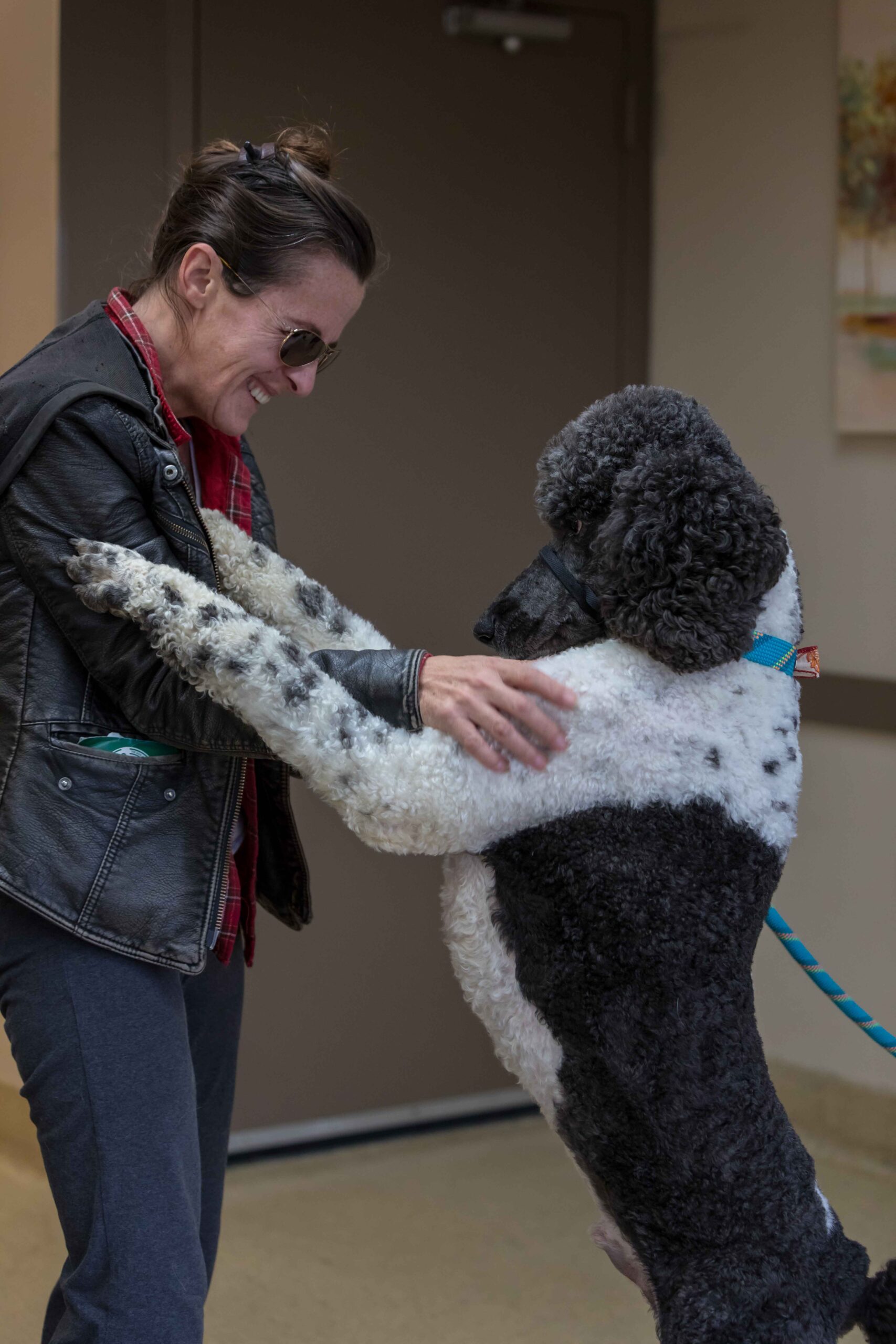
Pet Radiology
Veterinary radiology is essential for diagnostics and includes routine and dental X-rays and ultrasounds.
Pet Radiology
We take great pride in being at the forefront of medical innovation here at Northgate Animal Hospital. We use radiology as a method and diagnostic tool to take a completely non-invasive look inside the body.
Pet X-Rays
Veterinarians use pet X-rays as a vital diagnostic tool to identify a range of medical issues. Modern technology is used at Northgate Animal Hospital to get clear photos of your pet’s interior organs. Heart issues, lung disease, digestive issues, and even fractured bones can be found with pet X-rays. Additionally, x-rays play a significant role in routine wellness examinations. We can identify potential issues early and give your pet the finest care by regularly taking X-rays. Please don’t hesitate to get in touch with us if you have any inquiries concerning pet X-rays or any other veterinary service.
Many people think that X-rays are only used to find skeletal issues like broken bones, but they are actually beneficial in identifying a variety of pet health conditions. X-rays can be used to diagnose:
- Hip Dysplasia
- Bladder Stones
- Arthritis
- Foreign Bodies
- Internal Organs
Because we use digital X-rays, the images are clearer
Our doctors are able to interpret films and put together a treatment plan for your pet. If a consultation with a specialist is necessary, the X-rays are sent out and read by a board-certified radiologist. Results and plan of action are usually available within 24 hours.
To ensure that our pet patients receive the care that they need as soon as possible, our system is linked to The Ohio State Veterinary Medical Center and MedVet to allow for the most efficient transfer of radiographs to these referral centers.

Pet Ultrasound
Ultrasonic waves are used in the diagnostic process of ultrasound to produce an image study. This means that during ultrasonography, we can see internal images of the patient’s body. Contrary to several other imaging methods, such as X-rays, ultrasonography does not involve radiation. However, ultrasonography uses high-frequency sound waves (ultrasound) to create an image of what is happening inside your pet’s body. Ultrasonography is a non-invasive, painless tool for identifying and assessing a variety of illnesses.
